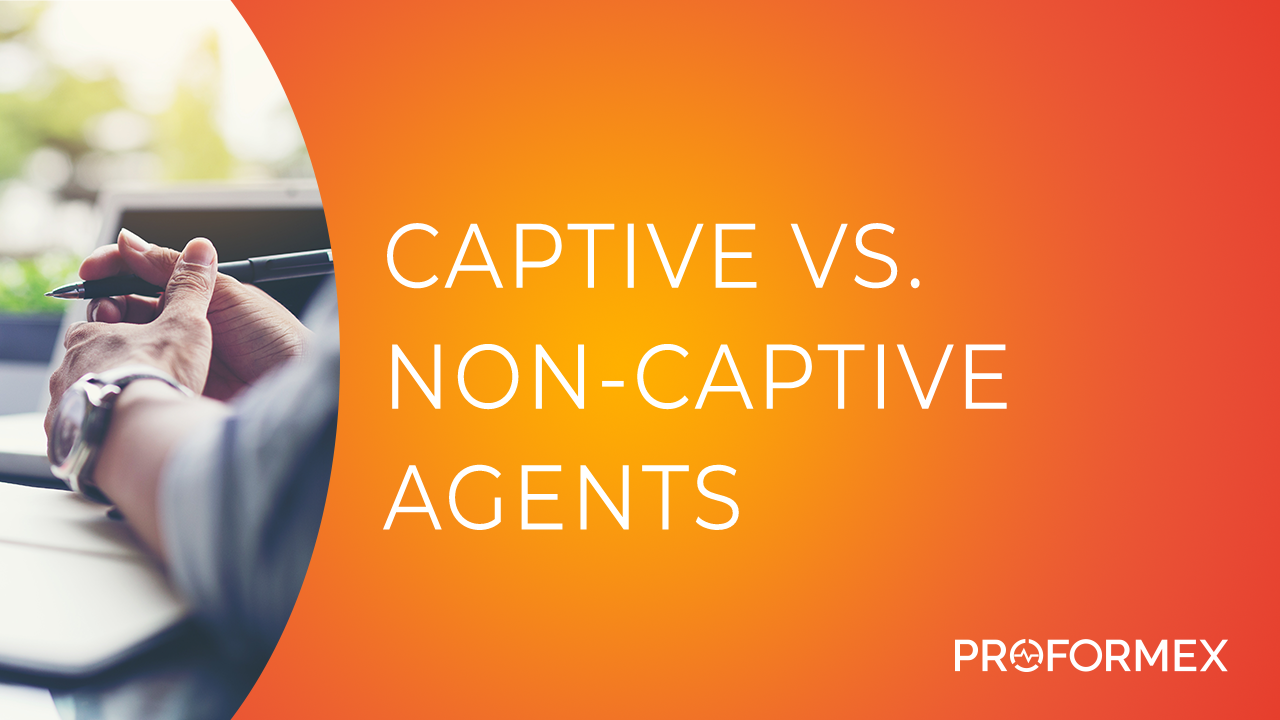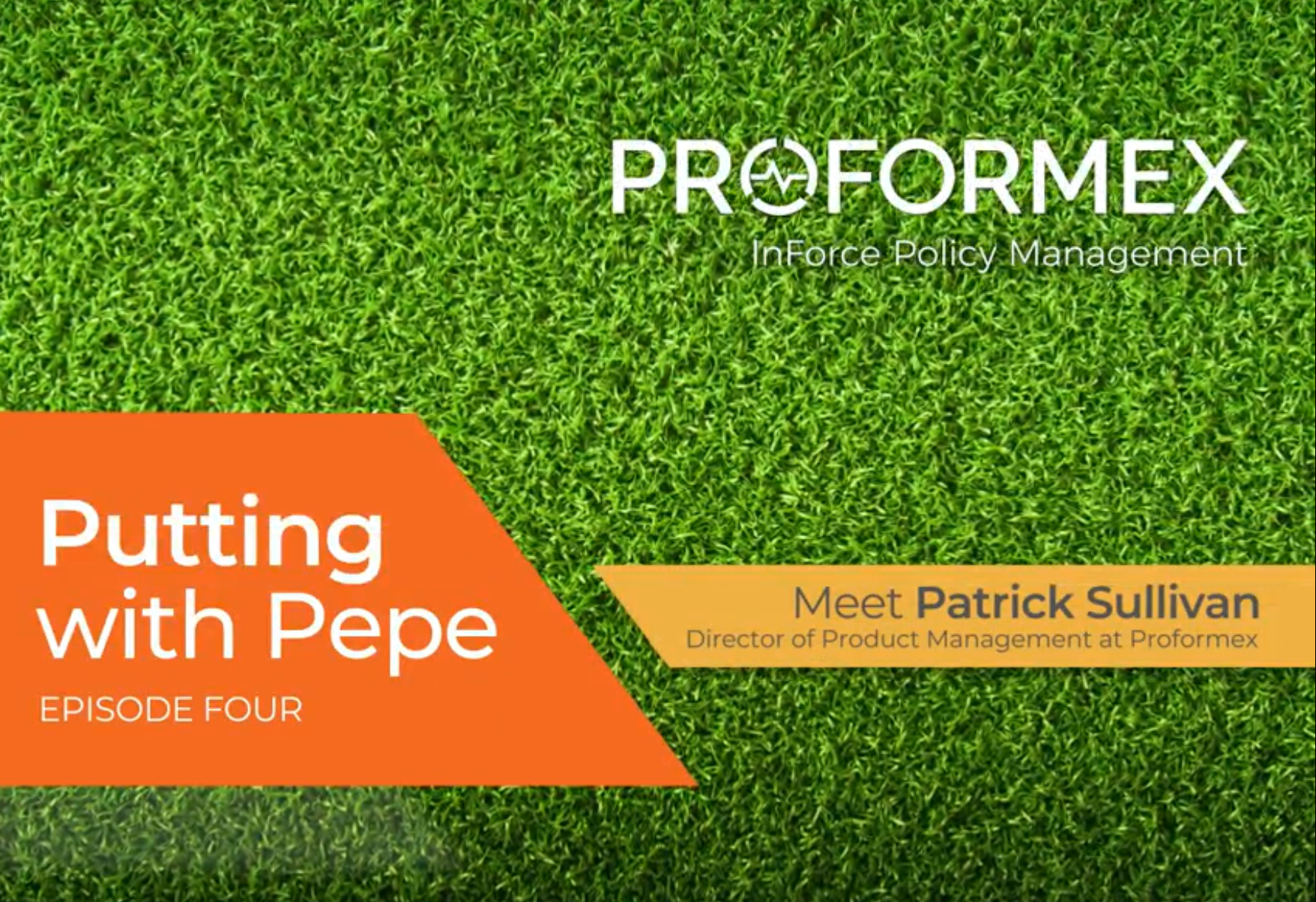A life settlement is the sale of a life insurance policy that the policyowner no longer wants or needs to a third party for an amount that is higher than the policy’s cash surrender value and lower than the death benefit.1 Although the life settlement industry itself is relatively new, the concept was originally introduced in court 108 years ago and has evolved over the past century into what we know it as today.
In 1911, the United States Supreme Court heard Grigsby v. Russell2, a historic case now used as legal precedence for life settlements. A policyowner, John C. Burchard, needed life-saving surgery, but he did not have the means to pay for this surgery. As an alternative form of payment, he offered to sell his life insurance policy to his physician, Dr. Grigsby, for $100. Under their agreement, Grigsby would assume the premium payment obligations of the policy and become its sole beneficiary.
Upon Burchard’s death, the executors of his estate disputed the validity of his transaction with Grigsby, arguing that Grigsby should not have the right to collect on the death benefit of the policy. Ultimately, the U.S. Supreme Court upheld that the transaction was valid, declaring that life insurance policies should be considered investment assets so that policyowners may derive value from their contracts before their death if they so choose.3
“So far as reasonable safety permits, it is desirable to give to life policies the ordinary characteristics of property. To deny the right to sell except to persons having such an interest is to diminish appreciably the value of the contract in the owner’s hands.”
-Judge Oliver Wendell Holmes, U.S. Supreme Court5
Over the next seven decades, the practice of selling your life insurance policy certainly existed but was not very prominent. However, the 1980s saw quite the resurgence of policyowners opting to sell their life policies due to the infamous AIDS crisis. An overwhelming population of young policyowners – who had been otherwise healthy individuals – were now facing the immediacy of their own death due to the disease. Those afflicted with the terminal illness were seeking ways to improve the quality of life they had remaining as well as extra money to help cover medical expenses and reduce the financial burden that would inevitably be placed on their families. Thus, the option to sell a life insurance policy that would no longer be needed for the original expected duration became an attractive option. Selling a life policy under such circumstances became known as a “viatical settlement”.4
What differentiates a viatical settlement from what we know today as a life settlement is the circumstances under which a policyowner explores this option. Viatical settlements are reserved solely for terminally ill individuals with shortened life expectancies of two years or less. In these instances, policyowners can receive immediate cash value for a policy that was expected to age far beyond their current needs. This helps to mitigate financial burden and cover costs associated with any treatment for their affliction.
Providing policyowners with this incredible opportunity to retain their quality of life and financial independence by selling an unwanted life insurance policy has been an industry gamechanger. But along with the benefits reaped by this practice, there have been instances of people taking advantage of the process. As the popularity of viatical and life settlements began to increase, so did stranger-owned life insurance, or STOLI.6
A STOLI arrangement is made between a third party (or stranger) and a policyowner. Under the agreement, the third party offers to give the policyowner an upfront payment for their life policy and to assume the responsibility for any premium payments. In return, the policyowner must give up their benefits under the policy and turn them over to the third party. STOLI is widely frowned upon by the life insurance industry, because it allows for someone who could not lawfully initiate the policy to receive its benefits. The stranger has no insurable interest on the policyowner; they will suffer no financial burden or loss upon the policyowner’s death. Such an agreement is outrageously unethical, because the beneficiary no longer cares for the policyowner’s continued health and well-being but rather is waiting for the policyowner’s passing in order to receive the death benefit. Additionally, STOLI can also be considered insurance fraud in cases where the third party persuades the policyowner to seek a higher value policy than necessary by embellishing their own net-worth and financial goals on the application.
Insurance companies have increased vigilance in order to prevent STOLI arrangements from the start, and many states have taken steps to make these arrangements illegal. According to the Viatical Settlement Act, STOLI is illegal in the state of Illinois as of July 1, 2010.7 It appears the occurrence of these illegal, unethical and sometimes fraudulent agreements will diminish over time as the appropriate steps continue to be taken by industry professionals and legislators to stop them before they start.
Despite this dark mark left behind by STOLIs on the life settlement industry, life settlements are still thriving today as a great alternative for policyowners who have unwanted policies. Rather than letting the policy lapse or surrendering it for a much lower value, policyowners can gain immediate cash value for their policies. Unlike a viatical settlement, life settlements are available to a wider range of policyowners. Generally speaking, it becomes a viable option for policyowners aged 70 and older. However, they do not need to be facing a chronic or terminal illness in order to explore this option.
Life settlements can help enhance the value of life insurance policies and transform them into an active part of the insured’s entire financial portfolio when viewed and treated as an investment. Proformex helps life insurance agents uncover candidates within their book of business that may be a good fit for a life settlement in the event that a policyowner no longer wants, needs or can afford to maintain that life policy. To see how Proformex identifies these opportunities, schedule a demo.
References
- “An Introduction to Life Settlement”, video by Proformex
- Grigsby v. Russell, 1911, United States Supreme Court
- “Grigsby v. Russell: A Life Settlement Case Worth Recalling” by David R. Serra, March 16, 2016
- “The History of the Viatical Settlement”, article by Viatical.org
- “Chapter 1: An Introduction to Life Settlements” by Mason Finance
- “Stranger and Investor-Owned Life Insurance”
- “Stranger-Owned Life Insurance”, article by Investopedia, June 11, 2019


